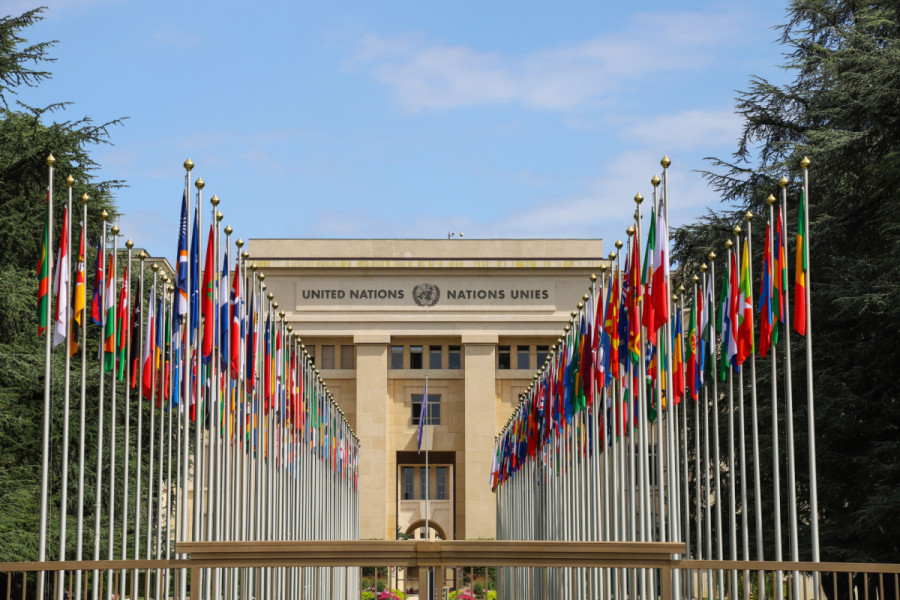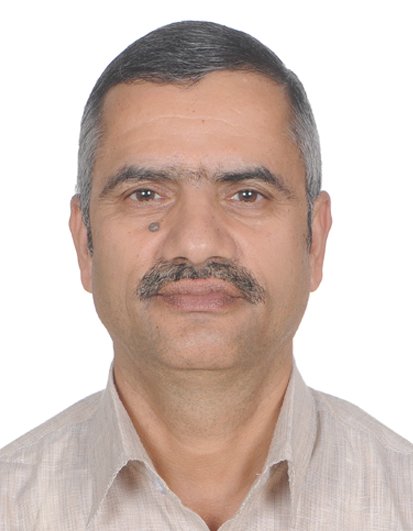Columns
Nepal and International Humanitarian Law
The government should identify legal and operational gaps and address them on time.
Krishna Chandra Chalisey
The codification of modern International Humanitarian Law (IHL), also known as the law of armed conflict or law of war, began in 1864 with the adoption of the first Geneva Convention in Geneva, Switzerland. Later, various states adopted the four Geneva Conventions of August 12, 1949, to address limitations and gaps witnessed in the conduct of hostilities in twin world wars. The four Geneva Conventions offer protection to wounded and sick soldiers on land and at sea, prisoners of war and civilians. The 1949 Geneva Conventions were later complemented by adopting the two Additional Protocols in 1977 that covered both international and non-international armed conflict. The Protocols govern the means and methods of warfare.
The Conventions and their Protocols form the key instruments of IHL. Despite the efforts made by the states to avoid or ban war from the ancient period to the modern era, they have failed in all ages. Only the form and modality of war have changed over the years. Now, in many cases, armies no longer face each other on the battlefield; autonomous weapons, cyber warfare and artificial intelligence have changed the battlefield scenario.
Nepal and IHL treaties
All countries, including Nepal, are parties to the Geneva Conventions. Nepal acceded to the Conventions on February 7, 1964. In addition to the Geneva Conventions, Nepal is a party to other IHL instruments, such as the 1925 Protocol for the Prohibition of the Use in War of Asphyxiating; Poisonous or Other Gases and of Bacteriological Methods of Warfare Geneva; the 1972 Convention on the Prohibition of the Development, Production and Stockpiling of Bacteriological (Biological) and Toxin Weapons and on their Destruction; the 1993 Convention on the Prohibition of the Development, Production, Stockpiling and Use of Chemical Weapons and on their Destruction; and the 2000 Optional Protocol to the Convention on the Rights of the Child on the Involvement of Children in Armed Conflict. Nepal also signed the 2005 Additional Protocol of the Geneva Conventions and the 2017 Treaty on the Prohibition of Nuclear Weapons. Despite persuasive efforts at the national and international levels, Nepal is yet to join the Rome Statute of the International Criminal Court.
The Government of Nepal didn’t accede to additional IHL instruments, including two protocols of 1977, despite the conclusion of the comprehensive peace agreement and the formation of the new government. It was the only common Article 3 of the Geneva Conventions applicable in the Maoist insurgency (1996 to 2006). In addition, Nepal could invoke customary norms, rules and practices. Nepal could have better regulated the conduct of hostilities and offered enhanced protection to the victims with 1977 Protocol II, applicable in non-international armed conflict. During the formal and informal interactions, the representatives of relevant ministries indicate that Nepal needs to wait until the conclusion of the transitional justice process to consider the two protocols. There is a general reluctance to engage on those issues. Globally, Protocol I and II have almost universal acceptance among 174 and 169 state parties respectively.
Officials at the relevant ministries say the Government of Nepal will study the desirability of accessions and make appropriate decisions. However, no such study has taken place so far. Some are skeptical of a need to promote IHL as Nepal does not have any active conflict. But this is a shortsighted perspective. Promoting IHL and adopting legislative measures must be done in peacetime to prepare for potential conflicts. The government should thoroughly study the past conduct of hostilities, identify legal and operational gaps and address them through appropriate measures—developing national law and joining essential and relevant IHL instruments in Nepal. This will enhance the country's image at home and outside.
Implementing IHL
The International Committee of the Red Cross (ICRC) was instrumental in supporting the government and other stakeholders to spread the knowledge of IHL during the conflict and post-conflict period. The government joined the ICRC to host several national and regional IHL workshops and conferences aimed at civil servants, military officers, police officers, judges and prosecutors and academics. The government, together with the ICRC, hosted the first-ever South Asian IHL conference in 2009, attended by high-ranking government officials. The fact that a country that has just gone through a decade of armed conflict had organised the conference was taken as a positive gesture.
IHL has been integrated into the training and courses of armed and security forces, judiciary and academic institutes. The government even decided to form a National IHL Committee—an inter-ministerial body—under the chair of the Minister of Law and Justice to look at multiple aspects of IHL issues and advise the government accordingly in 2007.
The ratification of a treaty by a state is simply an expression of commitment to comply with the treaty rules. Translation of those rules into practice requires national implementation law. Even after 59 years of accession to the Geneva Conventions, Nepal does not have such a law. Universal jurisdiction enables all states to fulfill their duty to prosecute and punish the perpetrators of war crimes. To make this principle effective, states must establish universal jurisdiction for war crimes in their national legislation.
Without national legislation, Nepal cannot apply the principle of universal jurisdiction. The Geneva Conventions Act drafted by the National IHL Committee some years ago is awaiting final approval before it is referred to the focal ministry. The National IHL Committee is requested to give utmost priority and finalise the draft at the earliest. Nepal has performed well in promotional activities; however, it lags behind in treaty participation and national implementation.
IHL is a regime that applies while concluding Nepal’s transitional justice process in addition to human rights law, criminal law and domestic law. Its proper understanding is limited compared to human rights law. Investigators, prosecutors and judges would require adequate knowledge of IHL.
The International Conference of the Red Cross and Red Crescent, held every four years, is the topmost body to deliberate on emerging humanitarian challenges and develop resolutions to deal with those, including IHL. The conference is attended by the state parties to the Geneva Conventions and the components of the International Red Cross and Red Crescent Movement. The Nepal Red Cross has the mandate to work for the promotion of IHL and can develop further partnerships with the government for the same. Seventy-four years after their signing, the Geneva Conventions are far from perfect in terms of compliance. All states are expected to adhere to the agreed norms sincerely.




 13.12°C Kathmandu
13.12°C Kathmandu















